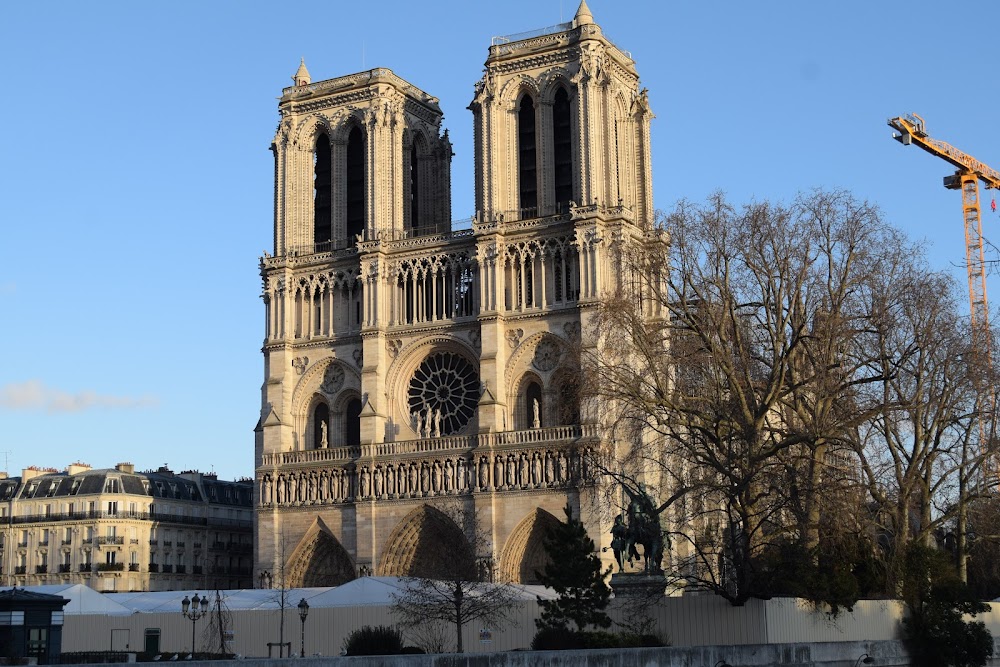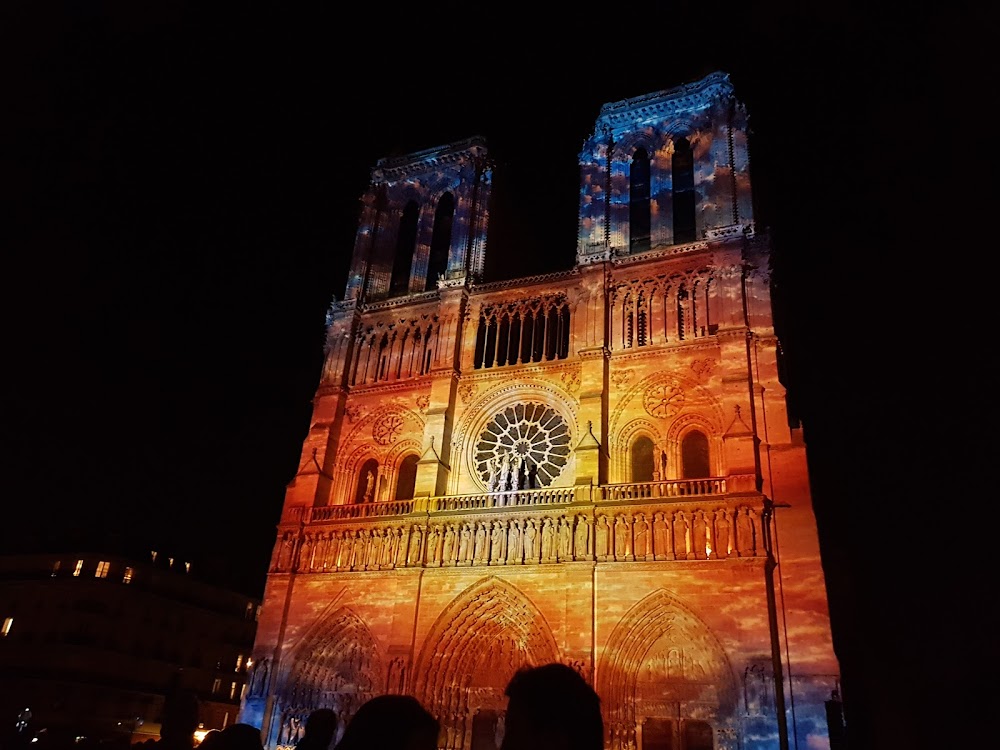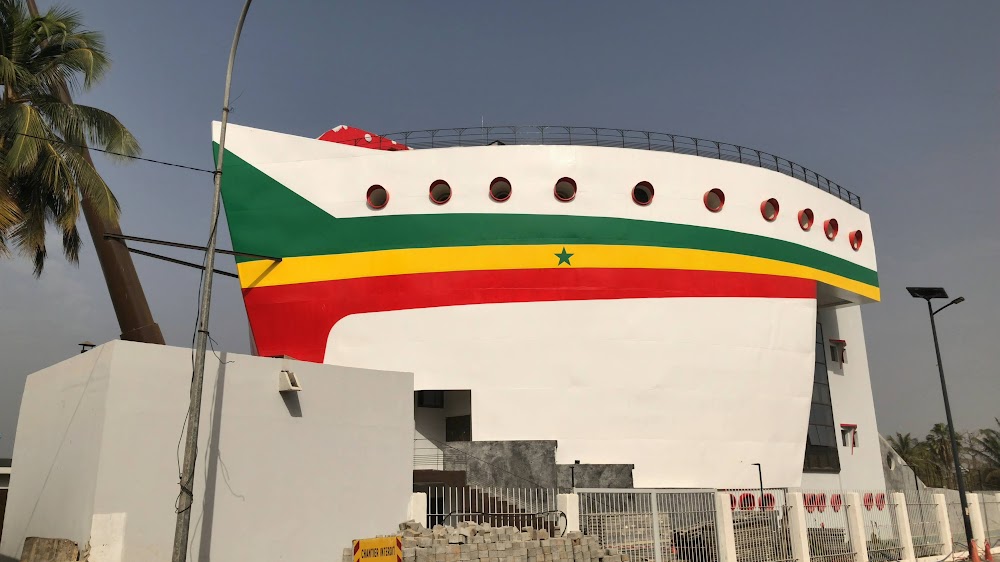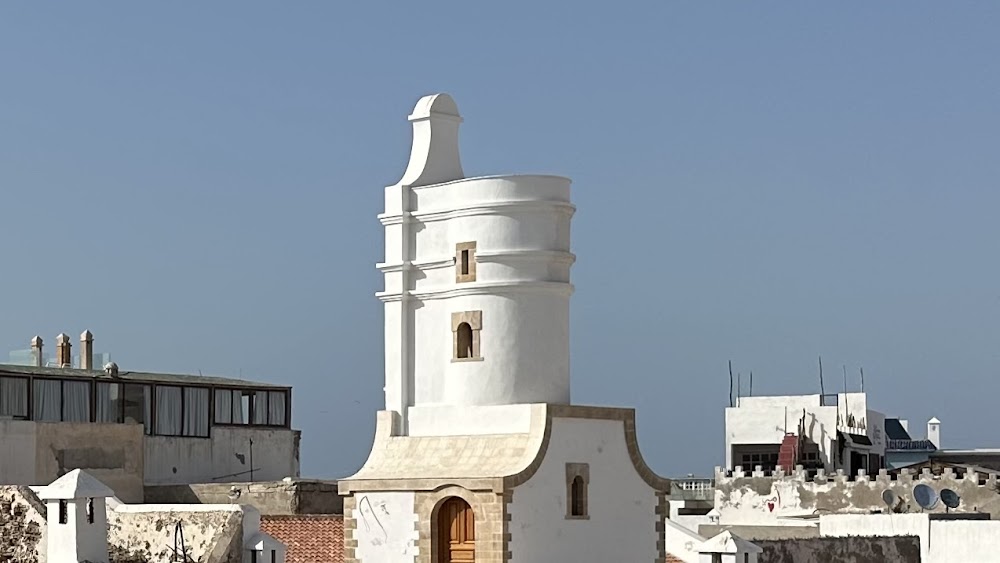Place Jean Paul II (Place Jean Paul II)
Overview
Place Jean-Paul II: A Cultural Gem in Ziguinchor
Parvis Notre Dame - Place Jean-Paul II, often simply referred to as Place Jean Paul II, is an iconic public square nestled in the vibrant city of Ziguinchor, Senegal. This beautiful landmark beautifully intertwines historical significance with cultural heritage, creating a tranquil space for reflection, social gatherings, and community events.
A Vision for Community
The concept for Place Jean Paul II emerged in the early 21st century when city planners and community leaders envisioned a central hub that would honor both the religious and secular histories of Ziguinchor. Named in tribute to Pope John Paul II, the square commemorates his contributions to the Catholic Church and his impactful visit to Senegal, which resonated deeply with the local population.
Thoughtful Design and Construction
Construction of the square began with a carefully crafted urban design plan aimed at preserving Ziguinchor's historical aesthetics while integrating modern amenities. The layout features lush gardens, wide pedestrian pathways, and designated areas for public art and performances. At its center, an elegant fountain symbolizes life and unity within the city, inviting visitors to pause and reflect.
Materials and Craftsmanship
The materials selected for construction were chosen to endure the tropical climate of Ziguinchor while also connecting to the region’s natural resources. Local stone and tiles were used for their durability, and skilled artisans from the community played pivotal roles in the building process, ensuring that traditional techniques and designs were seamlessly incorporated.
A Spiritual Landmark
The architectural highlight of the square is the striking facade of the Notre Dame Cathedral, which proudly stands at one end of the plaza. This Gothic Revival-style cathedral, dating back to the colonial period, has been an integral part of the city’s spiritual life. Its restoration and maintenance were crucial components of the project, reinforcing its role as a guardian of cultural and religious heritage.
A Beloved Community Space
Inaugurated in the early 2000s, Place Jean Paul II quickly became a cherished landmark in Ziguinchor. Designed to host a variety of community activities—from religious ceremonies and festivals to concerts and public meetings—the square features benches and shaded areas for relaxation, while open spaces encourage social interaction.
Flourishing Gardens
The lush gardens and manicured lawns were achieved through collaboration with local horticulturists and environmentalists. Native plants and trees were carefully selected to enhance the area’s biodiversity and ecological health. Seasonal blooms and flowering shrubs provide vibrant bursts of color, ensuring that the square remains lively throughout the year.
A Symbol of Resilience
More than just a public space, Place Jean Paul II embodies the resilience, unity, and spirit of the people of Ziguinchor. A dedication plaque at the entrance honors the collaborative efforts of community members, city planners, and religious leaders who brought this vision to life. Regular events like art exhibitions, cultural performances, and community fairs keep the square alive and relevant.
Everyday Life at the Square
The square plays a significant role in the daily lives of local residents. Children play and learn, elders gather to reminisce, and people of all ages find solace and connection in this communal space. The careful planning and community involvement in its construction make Place Jean Paul II a model for how urban spaces can enhance social cohesion and celebrate cultural identity.
Conclusion: A Living Legacy
In summary, Parvis Notre Dame - Place Jean-Paul II in Ziguinchor, Senegal, stands as a testament to thoughtful urban design and community collaboration. Its creation was a multifaceted effort that harmonized historical preservation, functional landscaping, and cultural respect. Today, it serves as a beloved landmark that reflects the past, present, and aspirations for the future of Ziguinchor.







